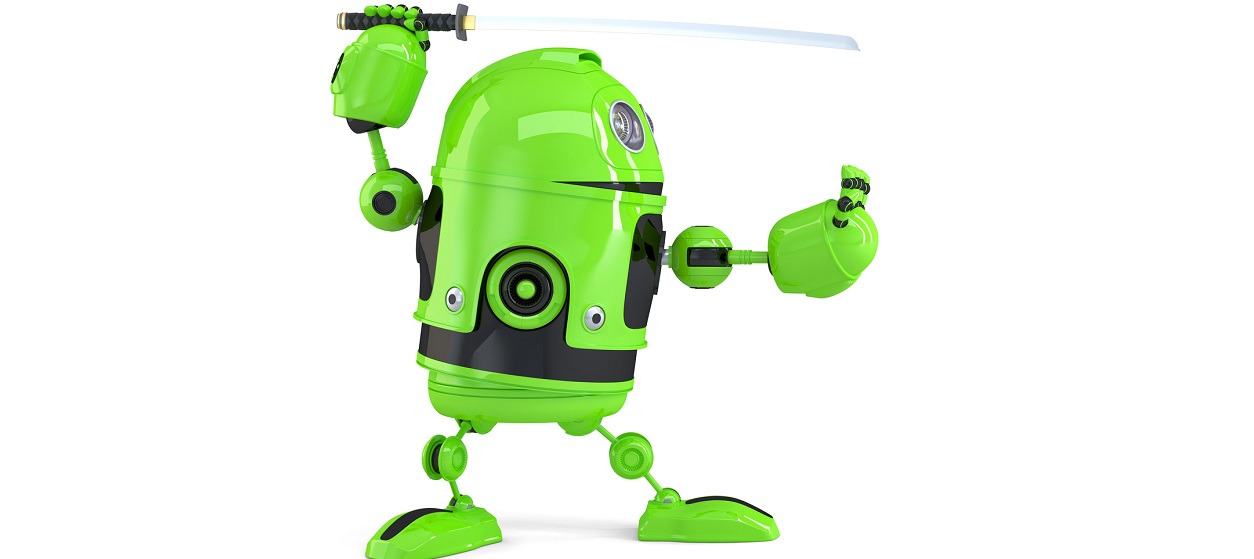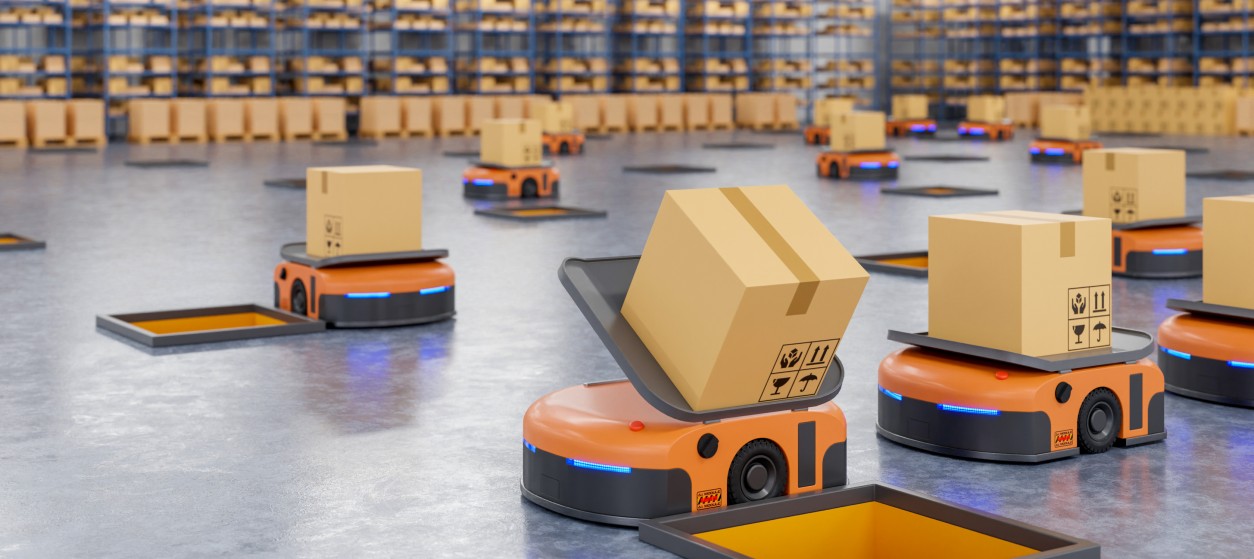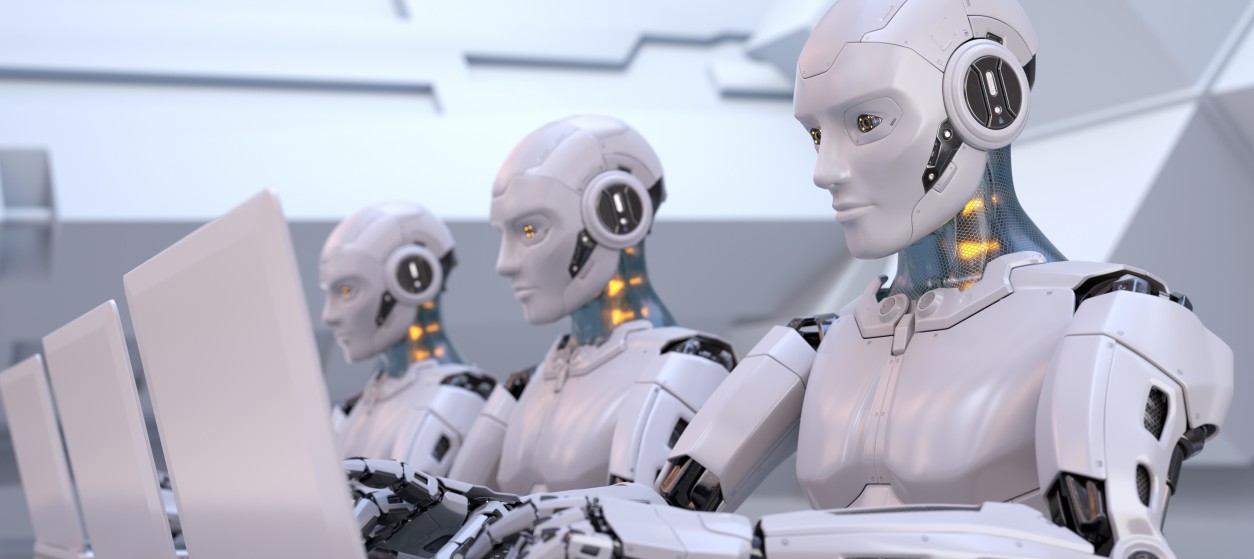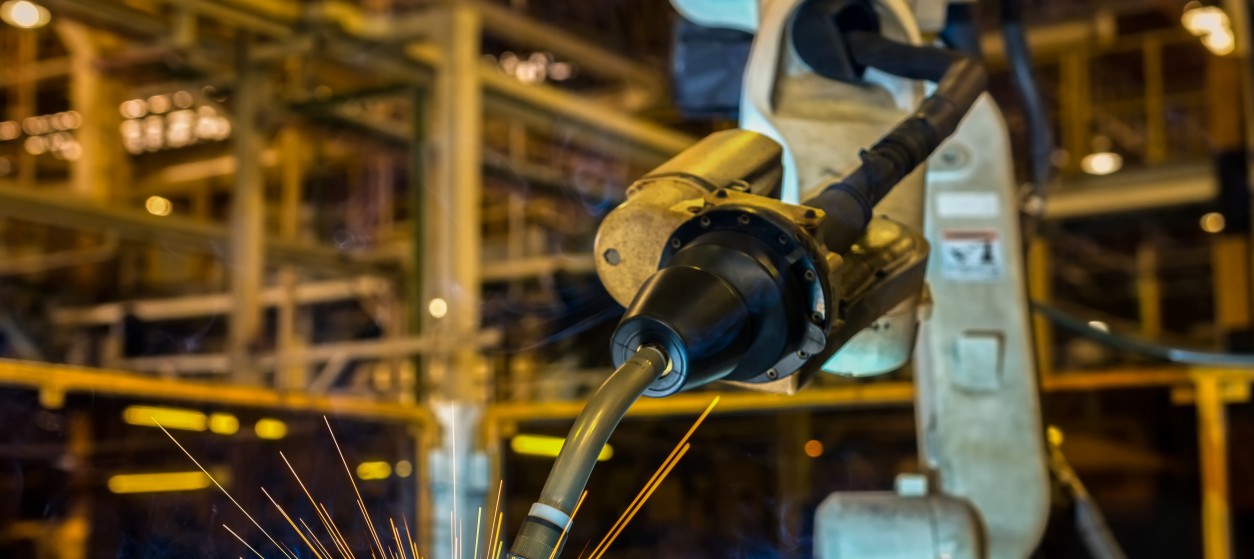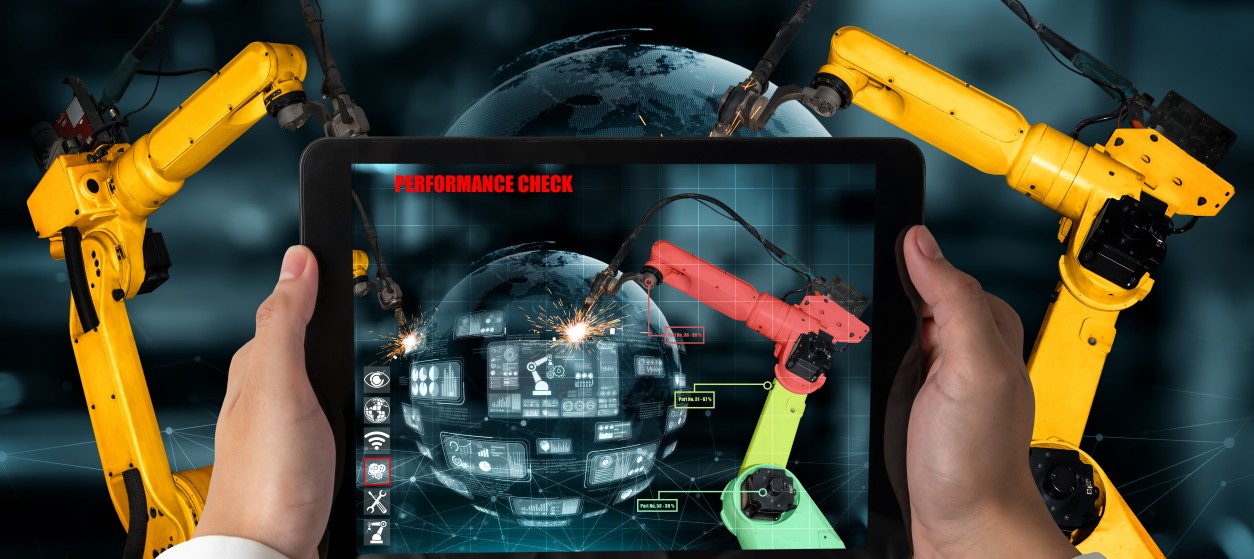Bill Gates last month’s suggestion to tax for robots that get human jobs, impressed several people and shocked some. Right or wrong, this proposal comes at a time when robots and artificial intelligence (AI) are destined to increase automation and productivity of business processes in both industrial and consumer applications. Robots have already proved to be more efficient than humans in several laborious tasks in warehouses, farms, battlefields and other settings. Moreover, they can perform tasks that are hardly possible by humans, such as executing safety missions after large scale flood or earthquake incidents.
Robots are seen as the most representative example of this wave of smart objects which promise to push human and business productivity to the next level, while at the same time changing the ways we work and live. Smart machines, intelligent workbenches, cognitive drones, smart wearables are only few examples of smart objects which will not only be deployed in plants, offices, buildings and our homes, but also in a wide range of other outdoor settings. In principle, a smart object is a machine that is able to perceive the surrounding environment and accordingly reason over it as a means of completing some task. Therefore, smart objects are characterized by some autonomy, which enables them to take decisions about their task without a need to interact with some centralized IT system (e.g., a computing cloud). In several cases, smart objects come with internet-connectivity, which gives rise to their classification as internet-connected objects and their deployment in internet-of-things (IoT) applications. Likewise, smart objects feature in most cases some advanced data analytics capabilities (e.g. ability to discover and interpret complex patterns based on machine or deep learning) which also classifies them as AI devices.
Examples of Smart Objects and Their Applications
- Industrial Robots: Industrial robots are commonly deployed in warehouses and manufacturing plants in order to automate laborious processes. Within warehouses, they are typically engaged in picking and packing tasks, performing the same in highly automated and less error prone ways than humans. Similarly, within plants they are used to perform complex assembly processes much faster than humans and in most cases with superior quality.
- Socially Assistive Robots: Robots are also deployed in non-industrial settings such as homes, care centers and hospitals. For example, there are robots that perform cleaning tasks, as well as robots that act as care givers for elderly and/or disabled people.
- Unmanned Aerial Vehicle (UAVs): The most prominent applications of UAVs are found in the area of security and surveillance, including both military and civil applications. Early UAVs deployment were focused on the execution of pre-determined missions. However, during the last couple of years, UAVs have become more intelligent since they are able to dynamically adapt their mission to environmental conditions and more importantly to their findings. For example, UAVs’ cameras can zoom and increase their image capture rates upon detection of suspicious objects or abnormal situations. This is the reason why modern UAVs are in several cases characterized as “cognitive”.
- Connected Cars and Driver Assistance: In anticipation of the disruptive self-driving vehicles, most of us already enjoy intelligent and semi-autonomous cars, which provide a host of intelligent driver assistance features, such as slowing down or breaking in potentially dangerous situations and always keeping the speed within specified limits. These semi-autonomous vehicles are in several cases connected to the internet and other vehicles as well classifying them as smart objects.
- Smart Machines: Industrial organizations will be increasingly deploying smart machines that will be equipped with numerous sensors and hence are able to know details about their condition almost in real-time. Such machines will be able to automatically predict their end-of-life, as a means of enabling predictive maintenance processes. In a more futuristic (yet technically possible) scenario, such machines will be able to optimally schedule their maintenance while taking care of placing orders for spare parts without any human intervention.
- Smart Wearables: Smart objects are also emerging in the wearables space. These typically enable intelligent information processing and actuation, instead of just data collection only. Prominent examples include smart shoes that provide navigation instructions to visually impaired, as well as smart hearing edits that improve people’s hearing, while taking into account the surrounding when performing sound amplification.
Challenges to Deployment and Wider Use
Smart objects introduce a paradigm shift in the applications and processes where they are deployed. This is the reason why their deployment faces technological, regulatory and socio-economic barriers. In particular:
- Technological barriers: While smart objects can operate autonomously, in most cases they need to interact with IT systems, as well as other smart objects. For example, industrial robots have to interact with enterprise systems and factory automation systems. Likewise, smart machines need to stream data to a cloud for reasons of data persistence and data-intensive processing. Hence, there is a fragmentation of the logic of IT applications across distributed smart objects and centralized cloud-based systems. This fragmentation introduces changes to existing IT architectures and distributed programming paradigms, which makes the wider deployment of smart objects challenging.
- Regulatory barriers: The autonomous behavior of the machines is in several cases is regulated for reasons of public safety and well-being. As a prominent example, UAVs flights are heavily regulated in some countries which restricts the use of drones in applications deployed by Law Enforcement Agencies. This is a set-back against wider deployment and use of the drones technology.
- Socio-economic barriers: The preamble of this article has highlighted job loss concerns that are directly associated with the expanded deployment of robots and other automation solutions. Much as this increases productivity, it can also be a source of social concern for large groups of the population, which asks for new social contracts and models (e.g., lifelong learning and reskilling of people that are made redundant). Before such new social contracts are established, the deployment of smart objects at scale could be significantly delayed.
Smart objects are our gateway to the era of elevated productivity. Technology professionals must soon get prepared for building and deploying them, while businesses must start embracing them in their strategies.
